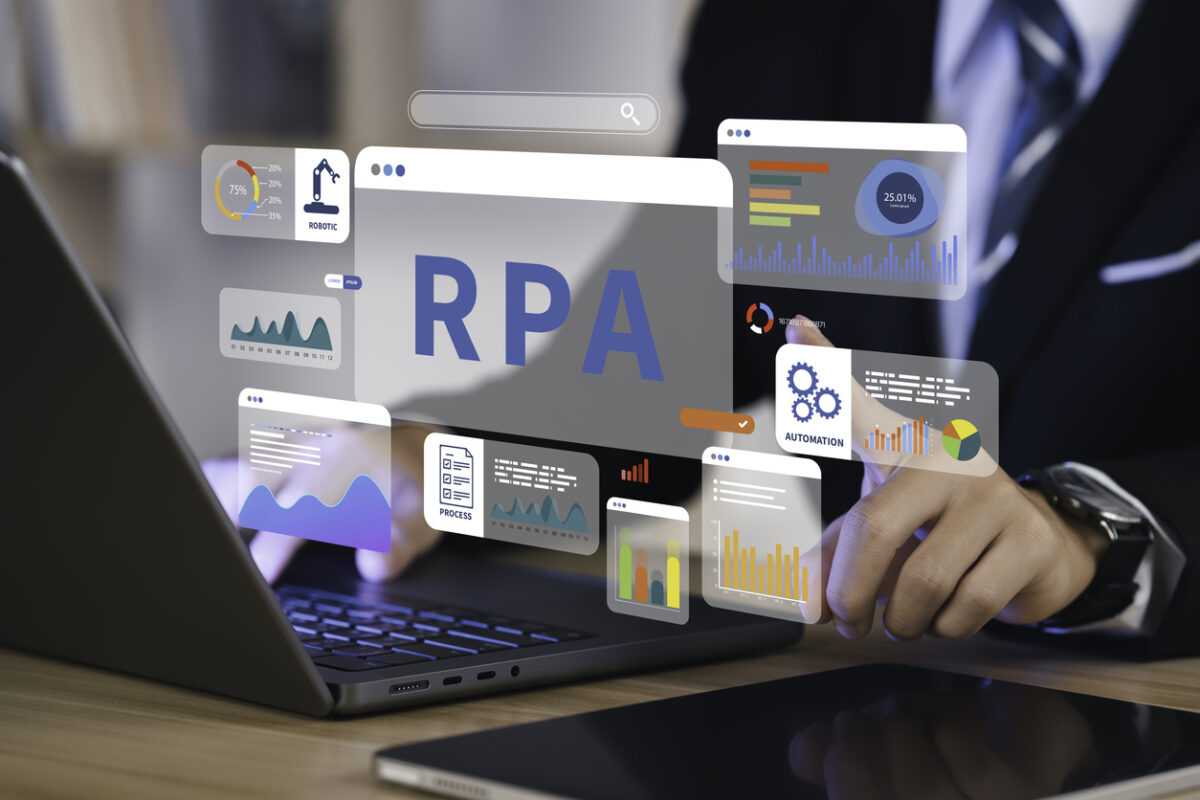How RPAs Can Help Contractors Mitigate Substantial Differences in Balance Sheets

By Brian Kassalen of Baker Tilly
Surety bond brokers and agents often receive internal financial statements from their clients with significant differences between the profits reported on contracts and the figures reflected after the financial statements have been reviewed or audited by and independent CPA firm. Sometimes this is because clients are using a less sophisticated ERP (enterprise resource planning) system, or they are manually updating their WIP (Work in Process) documents in clunky spreadsheet software.
In the construction industry, this occurs most often when a construction project is still open with work being done on the site. With manual entries, the passage of time and possibility of human error, the information shared with third party prepared statements could be vastly different from what’s really happening on the ground.
Robotic Process Automation, RPA for short, is one way the industry can mitigate substantial differences in balance sheets. Service providers can help contractors automate repetitive tasks and manual entries with custom process or bots designed specifically for their industry.
RPA and Purchase Orders
For a lot of contractors, coordinating purchase orders is a very time-intensive, manual process completed by humans. Because of this, a contractor’s financial statement may be off if it’s not picking up the most accurate information.
If RPA is built into a contractor’s accounts payable system, invoices can be retrieved and automatically matched to the appropriate purchase order and job. This helps address a common challenge for contractors managing multiple projects—the time-consuming process of manually matching purchase orders, packing slips and invoices to ensure that received items align with the order, the invoice and the quantities estimated in the bid. Invoices can then automatically be routed to the appropriate project manager for approval. If the project manager does not respond in a timely manner, the RPA can be programmed with rules to automatically process and post the transaction, helping prevent delays in payment and project tracking. Because the system is automated, the chance of error is significantly reduced with multiple steps being replaced by RPA. Automation also helps forecast the remaining cost to complete projects.
RPA can also play a role in helping account payable teams with job costing. Because the technology can be programmed to pull and import real-time data from suppliers and subcontractors, cost-to-estimate reports are more accurate. RPA then also helps ensure the right job is charged and approved by the correct project manager or superintendent. Without automation, many contractors rely on a mix of old data and “gut feel,” resulting in big swings in numbers and projects that come in either lower or higher.
How RPA Works
Robotic Process Automation pulls real-time data from multiple sources, including spreadsheets, invoices, expense reports, completed and scheduled work hours, payroll and project management software. RPA then centralizes the data and formats it into one consistent code or language, ensuring standardization and “clean” data.
RPA can also be programmed to perform account reconciliation by comparing bank statements and accounting software. In addition to identifying issues and discrepancies, RPA bots can also be used to generate timely reports using data from across the company, resulting in more accurate Profit & Loss statements and other financial records. RPA can also play a role in collecting data needed to file taxes.
From a compliance perspective, RPA can be programmed to automatically collect relevant, timely data across the enterprise for regulatory reporting purposes. The consistent, repetitive nature of these systems is also useful if contractors are audited because there is digital history of every job performed by a bot.
If surety bond producers and their construction clients streamline their financial statements with RPA, they are more likely to achieve accurate financial statements based on real-time data. In turn, RPA delivers more accurate revenue numbers for contractors to report to their surety.
To start their automation journey, construction contractors should first consult with an advisory firm that specializes in RPA applications. Together they will identify high value repetitive processes, select the right tool, pilot implementation and test before full-scale deployment. Once RPA is integrated into their processes, companies will need to continue their RPA journey as the technology continues to refine itself in years to come.

Brian Kassalen is a Principal with Baker Tilly (www.bakertilly.com) and serves as the Construction Industry Leader. He has been in public accounting since 1998 and leads a team of professionals who provide audit, tax, and advisory services to clients in the real estate and construction industry. Kassalen provides leadership and strategic direction in areas of growth and team member development to the firm’s construction-focused partners and team members. He can be reached at 724.658.1565.
